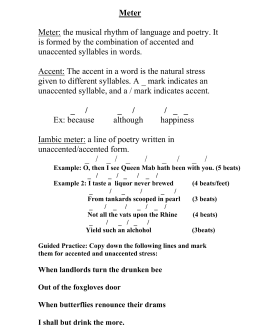


The following difference chart shows what are the pros and cons of the SMILE approach. There is no need to read any technical terms for this step. This step is the most interesting one as it deals only with the speaker’s subjective understanding of a poem. Last but not least, comes step number 6, “Impression on Mind.” In this step, a reader has to ask the question, “What is the poet conveying to me, and how does the message influence my mind?” The answer can be subjective but one should not be hesitant to express the feelings clearly. So before moving into this section, one’s familiarity with the literary glossary is a must. Acquaintance with the general rhetorical devices such as simile, metaphor, metonymy, synecdoche, epigram, palilogy, anaphora, asyndeton, polysyndeton, alliteration, anticlimax, climax, etc. Literary devices deal with comparison, contrast, association, or wordplay. Step 5: Understanding the Literary Devices In that case, sufficient time should be given to that section. While in some poems, poets use critical imagery. Like, in some poems, one can find the image of the moon, sea, rose, river, or sky easily. Whereas if one struggles with this process, one can set out for images that can be easily searchable. For those who can read a line and quickly visualize the image present there, this process seems easy. After reading a few poems, one starts to develop the mindset of looking at a poem as it is. The simple way to grasp the meaning of a poem is to understand the poet’s argument or statement. However, getting under the grip of intentional fallacy should be discouraged.

If one has followed the first step well, then the meaning would be clear. Lastly, one has to understand the form and identify whether it is a sonnet, lyric, aubade, beat poem, or something else. Thereafter comes the role of scansion, using which one can metrically scan a poem. If the rhythm is missing, then it comes under the genre of blank verse. If there is not any, one can look for the usage of repetitions that create internal rhythm. First of all, one has to look for the rhyme scheme. Then one has to be technical with the structure of the poem. Reading till the text starts to speak to oneself directly, is the essence of reading poetry closely. Therefore, having a dictionary on one side, and the text, on the other hand, will be of great help. The following steps will be of great help if one follows them with little tweaks.įirstly, a reader has to go through the bare text without coloring the vision with the excess of information. The SMILE that stands for five different yet integral aspects of a poem, gives a reader a few specific instructions before writing an analysis. Though these are the basic ones, one has to master the sections before stepping up. But, in this approach, readers have to first restrict themselves to the following five aspects depicted in the mindmap. Each one has its importance concerning the overall idea of the poet. SMILE is a mnemonic for remembering the basic components of a poem that one has to analyze.
#Poetry scansion practice with answers how to
SMILE is an approach of analyzing a poem using which one can understand how to appreciate poetry concisely, yet effectively.


 0 kommentar(er)
0 kommentar(er)
